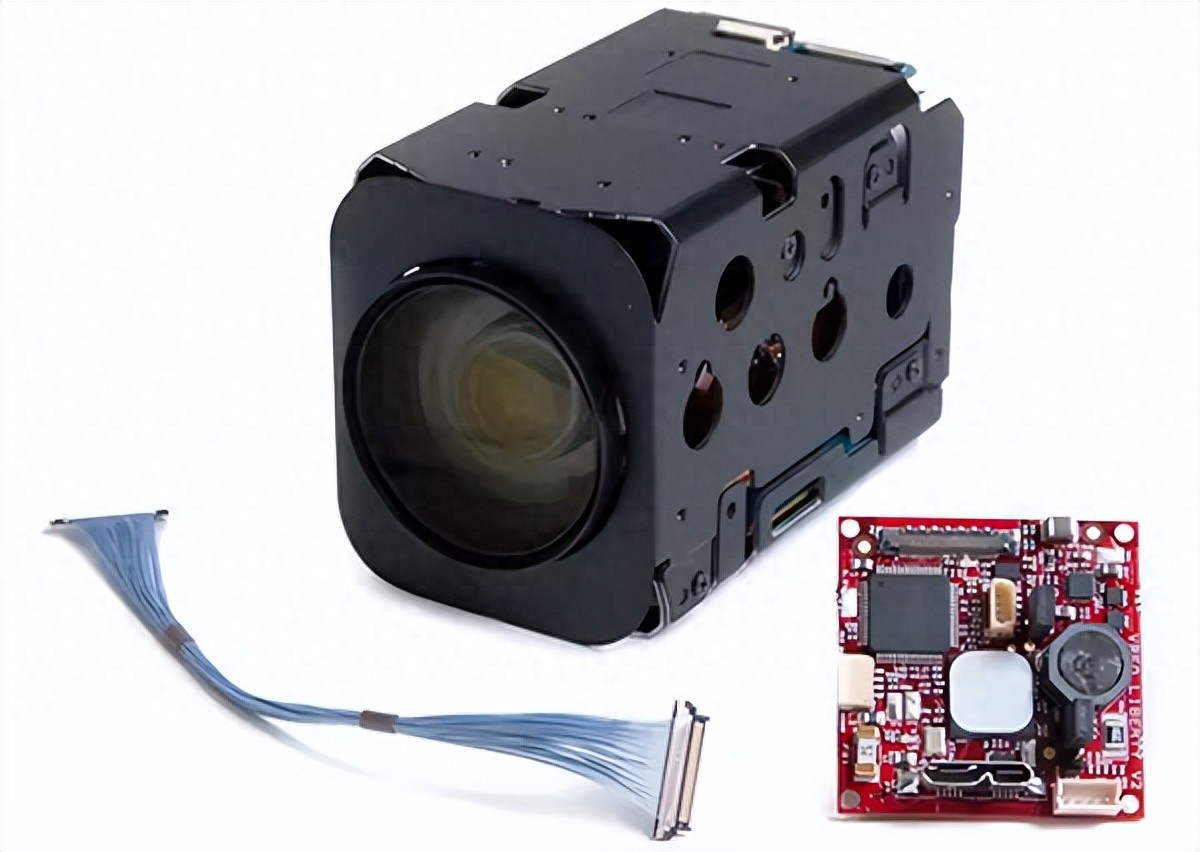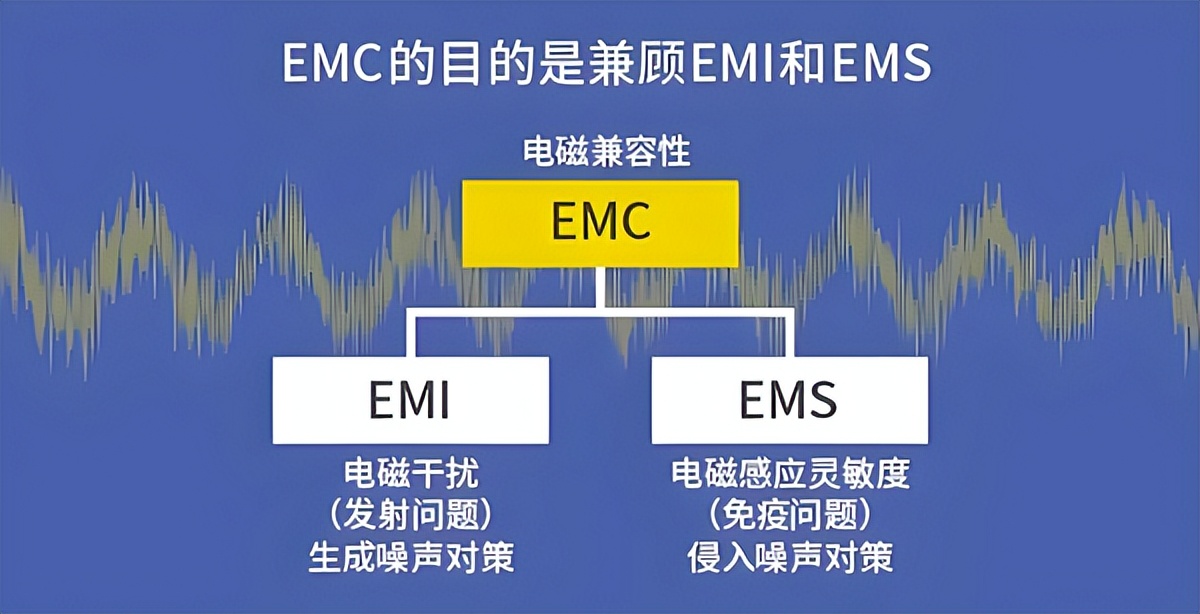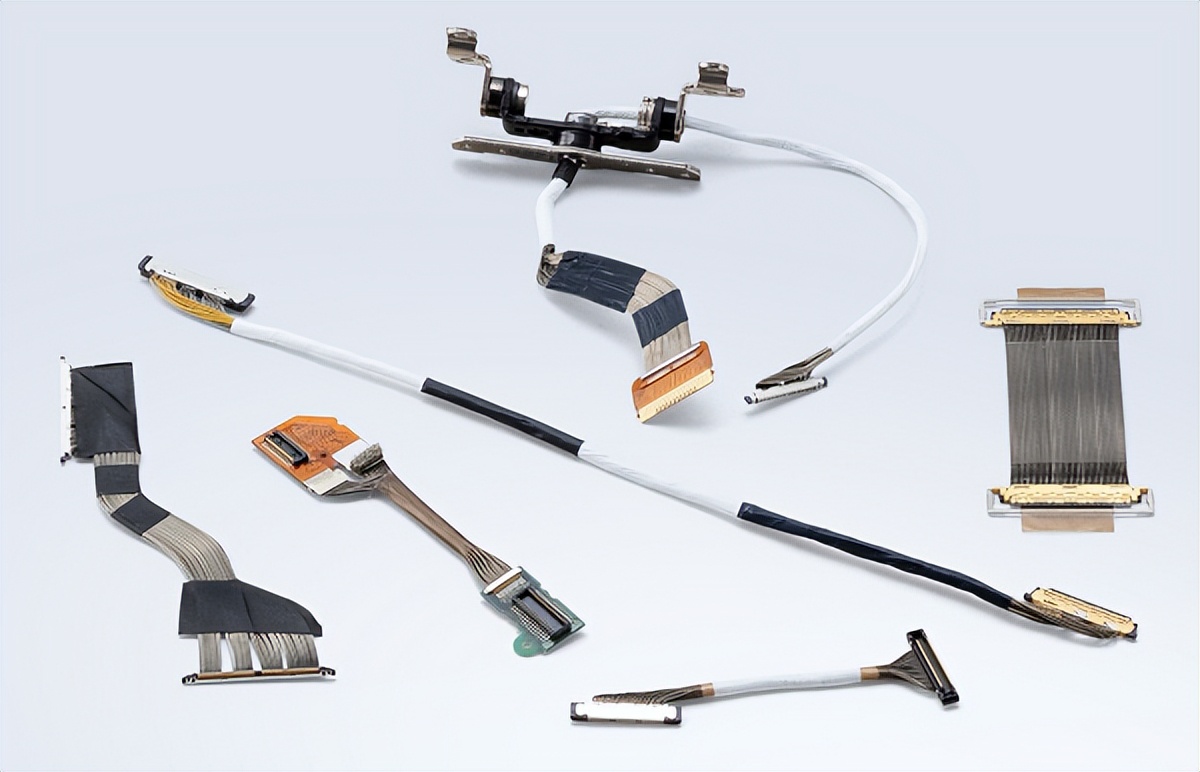Categorization:Harness Component
As electronic systems continue to move towards high-speed and miniaturization, extremely thin coaxial cable bundles (micro coaxial cable) are widely deployed in camera modules, automotive electronics, VR/AR devices, chip testing systems, and server internal interconnections, among other applications. Although it has advantages such as compact size, high bandwidth, and strong shielding performance, in actual engineering, crosstalk remains one of the design challenges that cannot be ignored.
What is crosstalk?
Crosstalk refers to the electromagnetic field of a signal line switching at high speed, which couples to the adjacent conductor, causing interference signals that should not appear to mix into other channels. In extremely thin coaxial cable bundles, due to the small diameter, high density, and fast transmission speed, such interference is more likely to occur. Common impacts include:
1.1 Signal jitter increased, eye diagram opening reduced
1.2 The receiver exhibits noise and spikes, and even generates erroneous signals.
1.3 System error rate increased, the reliability of the data link decreased
The main reasons for crosstalk formation
2.1 Limited line spacing: Micro harnesses are often highly integrated, and when multiple harnesses are arranged in parallel, the risk of electromagnetic coupling increases.
2.2 Impedance discontinuity: In connector, solder joint, and transition board areas, impedance changes will bring parasitic effects, making coupling issues more pronounced.
2.3 Unreasonable return path: If multiple signal lines share a common ground return path, it is easy to form common-mode coupling, resulting in increased crosstalk levels.
2.4 High signal frequency and steep edges: The faster the rise and fall edges, the richer the spectral components, and the stronger the interference on adjacent cables.
Three, common strategies to reduce crosstalk
3.1 Material Selection and Shielding Optimization: Use high-quality micro coaxial cable materials, and add multi-layer shielding structures as required to enhance isolation capability.
3.2 Adjust wiring structure: Minimize long-distance parallel wiring, increase the spacing between wires appropriately, or use interleaved arrangement to reduce coupling.
3.3 Optimize the grounding system: Provide a relatively independent stable return path for each high-speed line to avoid common-mode interference caused by shared ground lines.
3.4 Impedance Continuity Control: Ensure smooth transition in the interface area and adopt reasonable termination methods to suppress high-frequency reflections and interference components.
3.5 Enhance Simulation and Testing: Use simulation tools to evaluate the coupling trend in advance, and then verify and adjust through indicators such as eye diagrams and bit error rate.
Extremely thin coaxial cable束, with its high density and high-performance characteristics, is widely used in various high-speed interconnection scenarios. However, if the crosstalk problem is not properly controlled in the design, it will directly affect the stability of the system. Comprehensive optimization through online materials, layout, electrical structure, and testing verification is required to ensure that its performance is fully utilized.
I am[Suzhou Hui Cheng Yuan Electronics], year-round dedicated to the customization and R&D of high-speed signal cable harnesses and ultra-fine coaxial cable harnesses, skilled in providing reliable and highly consistent interconnection solutions for different applications. For further consultation, please feel free to contactManager Zhang 18913228573 (WeChat same number)。